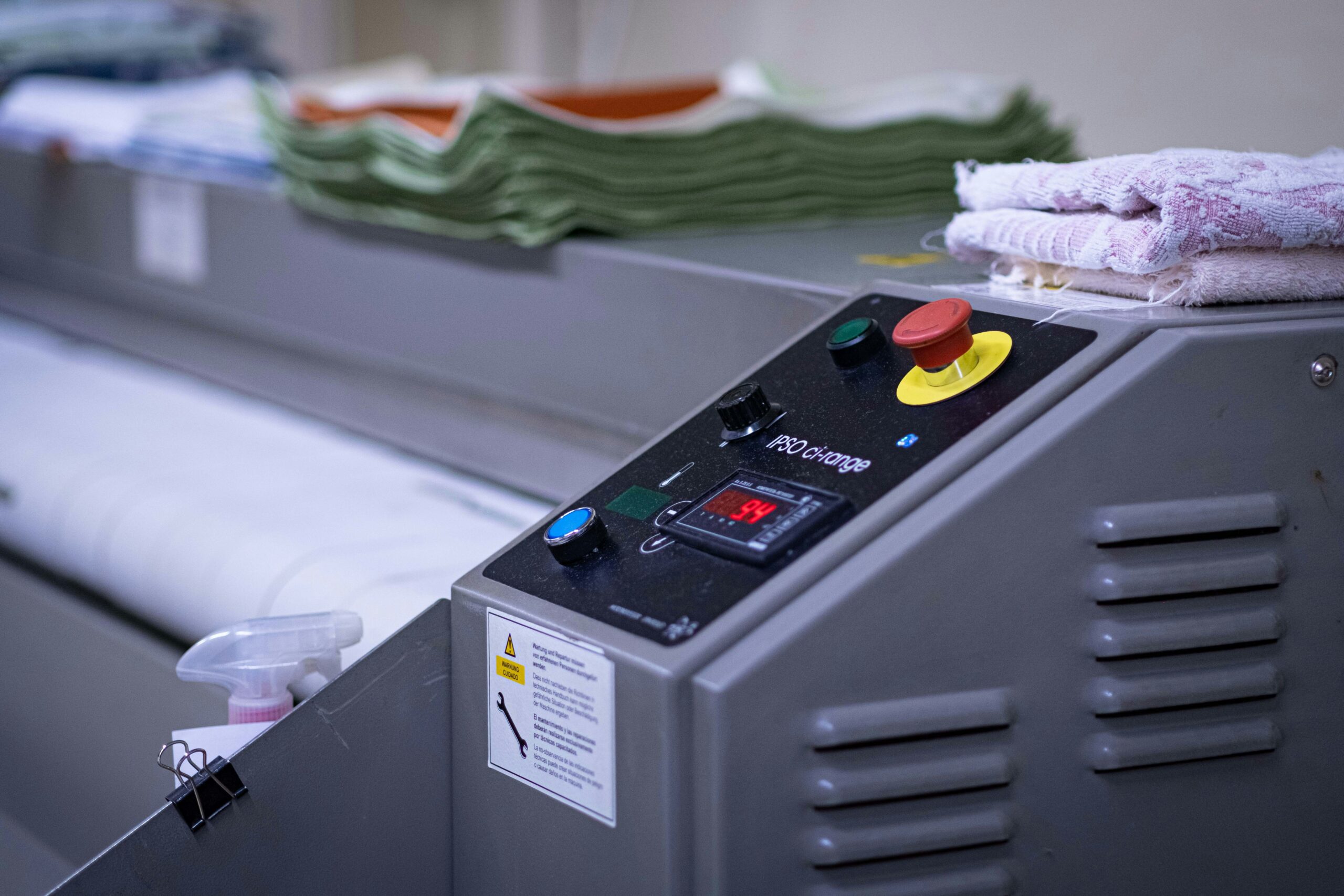Bad Credit Business Loans with Guaranteed Approval: What’s Real and What’s Not
When you apply for a business loan, the first thing your potential lender evaluates is your credit history. Before they lend you money, companies want to assess how likely you are to pay it back. Hence why, your FICO score plays a huge role in the outcome of your application.
FICO score is a three-digit number that reflects your creditworthiness. It is determined by your payment history, the amount you owe, length of credit history, new credit and the types of credit used.
Given the economic crunch we are collectively in, many people have a hard time keeping up good scores, which is primarily why 52% of businesses are rejected for financing.
However, not all hope is lost for people with bad credit – there are still some reliable options you can look into for your startup. In this article, we will discuss bad credit business loans, and how you can gauge which ones are worth applying for.
Why is Credit Score Important in Business Financing?
If you are trying to secure a business loan, here’s what you need to know – your credit score does more than just determine whether you get approved or denied. Instead, it directly impacts the type of financing available to you, as well as the cost of borrowing.
Lenders use your score as a quick snapshot of financial reliability, and it influences factors like the interest rate, repayment schedule, and collateral requirements attached to your loan.
For example, businesses with strong credit scores are more likely to secure traditional loans from banks with lower interest rates and higher limits. On the other hand, if your credit score falls into the “bad category”, banks usually see you as a high-risk borrower. This doesn’t automatically mean financing is out of reach, but it does limit your options and often pushes you toward alternative lenders.
Financing Options for Bad Credit
Here’s a disclaimer – when you see ads promising business loans with guaranteed approval, always be skeptical about them. Because no legitimate lender can promise funding without first looking at your financials.
Even lenders that specialize in bad credit (score below 580) still evaluate risk – they just use different criteria. So even though they may prioritize revenue, cash flow, or collateral over your credit score, approval is never 100% automatic. If you’re considering these offers, do check for hidden fees, unusually high APRs, or requests for upfront payments as they are all clear signs of predatory lending.
So, now that we have established there’s no such thing as guaranteed approval, let’s take a look at how you can secure loans with less-than-idea credit scores:
Online Business Lenders
Unlike banks, online lenders often use advanced underwriting models that factor in cash flow, sales data, and industry risk. This means approval rates are higher, though interest rates can also be steep.
Another plus is that these lenders often offer step-up programs: if you make timely payments on a smaller loan, you can qualify for larger amounts and better terms within months.
Microloans from Nonprofits
Organizations like the SBA’s Microloan Program or community development financial institutions (CDFIs) focus on underserved businesses.
Approval tends to hinge less on credit score and more on your business plan and community impact. While the amounts are smaller (usually under $50,000), one hidden benefit is that many of these lenders also provide mentoring or technical assistance, which can be more valuable than the capital itself.
Invoice Factoring and Merchant Cash Advances (MCAs)
If your business generates steady sales, lenders may advance your cash against future receivables. With factoring, you sell unpaid invoices at a discount; with Merchant Cash Advances, you repay via a percentage of daily card sales.
These products don’t rely on credit history, but the real cost is easy to underestimate; effective APRs can climb well over 40%. Still, they’re often a lifeline for businesses waiting on clients to pay invoices.
Secured Business Loans
By pledging collateral (like equipment, real estate, or inventory), you give lenders confidence despite a low credit score. Beyond improving approval odds, secured loans sometimes open doors to traditional banks that otherwise wouldn’t consider your application.
Business owners should know that collateral is appraised conservatively, so expect approval amounts to be lower than the asset’s market value.
Business Credit Cards for Rebuilding
Even with bad credit, secured business credit cards are widely accessible. While they won’t fund large expenses, they help establish a repayment track record under your business name.
This can be the first step toward qualifying for larger financing down the line. Some issuers even report to both consumer and business credit bureaus, helping you rebuild on both fronts simultaneously.
Reach Out to ROK Financial
Bad credit doesn’t necessarily mean no financing – you just need to know where to look and what to avoid.
While you won’t find “guaranteed approval” loans, you still have legitimate options that consider more than just your credit score.
At ROK Financial, we work with businesses that want to secure financing. We can help you connect with lenders who consider the bigger picture, such as your revenue, your potential, and your goals – not just your credit score.
Let us help you out. Reach out now!
Frequently Asked Questions
1. How to improve credit scores?
Improving your credit score takes consistency rather than quick fixes.
Start by paying all bills, especially existing loans and credit cards, on time, since payment history carries the most weight. Reduce credit utilization by keeping balances low relative to your limits, and avoid opening too many new accounts at once.
Review your credit reports for errors that may be dragging your score down, and dispute them if necessary.
Over time, steady habits will rebuild your credit profile.
2. How to know if the lender is a scam?
Scam lenders often prey on business owners with bad credit by making promises that sound too good to be true.
Watch out for lenders who guarantee approval without reviewing your financials, push you into signing quickly, or demand upfront fees before funding. Excessively high or hidden charges are another red flag.
Always verify licensing, check independent reviews, and confirm the lender’s reputation with agencies like the Better Business Bureau before committing.













